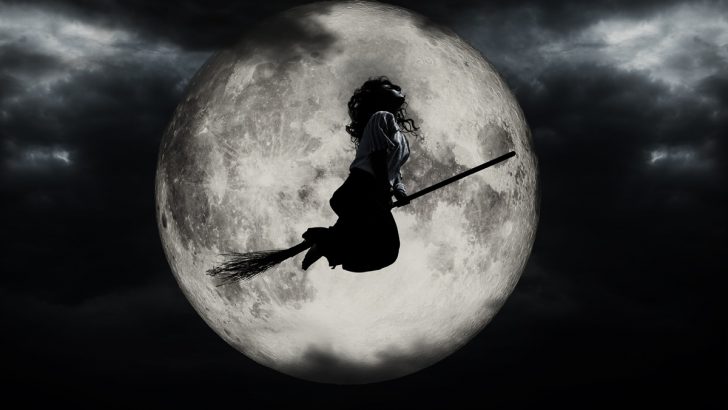When we think of witches, broomsticks and bubbling cauldrons might come to mind. But the reality of witchcraft is far from the spooky stories we’ve heard.
Throughout history, witches have been misunderstood and feared because of false ideas about who they are and what they do.
Let’s clear up some of the biggest myths about witches that have stuck around for way too long.
1. Witches Don’t Worship the Devil
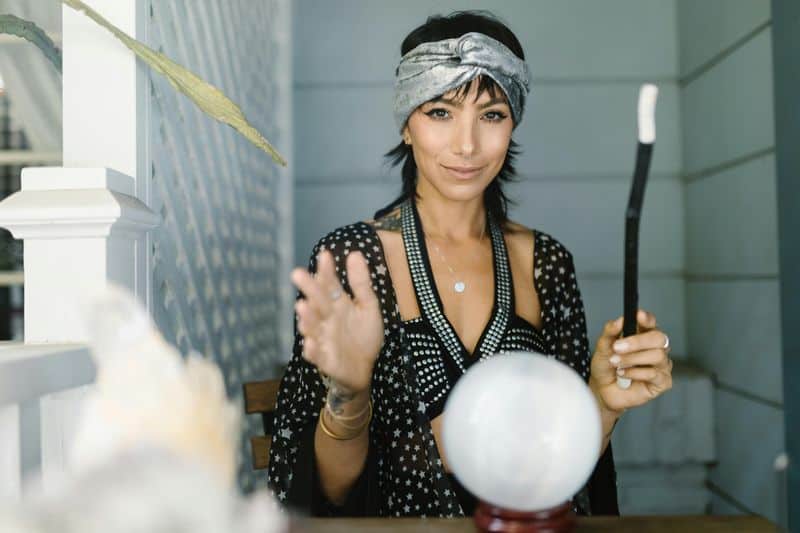
The image of witches bowing to Satan comes from medieval fears, not reality. Most modern witches practice nature-based spirituality that honors the earth and its cycles. They focus on personal growth, healing, and connection to the natural world.
Many follow ethical guidelines like the Wiccan Rede—”An it harm none, do what ye will”—which promotes doing good rather than harm. Their altars typically display crystals, plants, and symbolic items rather than anything satanic.
Witchcraft traditions vary widely across cultures and individuals, but devil worship simply isn’t part of authentic practice. This misconception stems from historical persecution when authorities branded anything outside mainstream religion as evil.
2. Not All Witches Are Women

Despite popular portrayals, witchcraft has never been exclusively feminine. Throughout history, practitioners of all genders have engaged in magical arts and nature-based spirituality. The stereotype of the female witch largely stems from patriarchal fears and the targeting of independent women during witch hunts.
Today’s witch communities welcome people of all gender identities. Many men proudly identify as witches rather than wizards, finding the term more authentic to their practice.
Ancient magical traditions often featured male practitioners—from the druids of Celtic societies to shamans across indigenous cultures. The notion that witchcraft belongs only to women erases this rich and diverse history.
3. Broomsticks Were Never for Flying

The flying broomstick myth has a fascinating origin unrelated to actual flight. Historically, some herbalists and healers would apply plant-based ointments to wooden sticks for application on sensitive areas of the body. These plants sometimes contained mild hallucinogens that could create sensations of “flying” or floating.
Medieval authorities and later storytellers transformed this practice into the familiar image of witches soaring through night skies. The broomstick did hold significance in witchcraft—but as a tool for cleansing sacred spaces energetically.
Modern witches may keep broomsticks as symbolic tools or for ritual sweeping to clear negative energy, but they certainly don’t expect them to defy gravity!
4. Witchcraft Isn’t About Cursing People
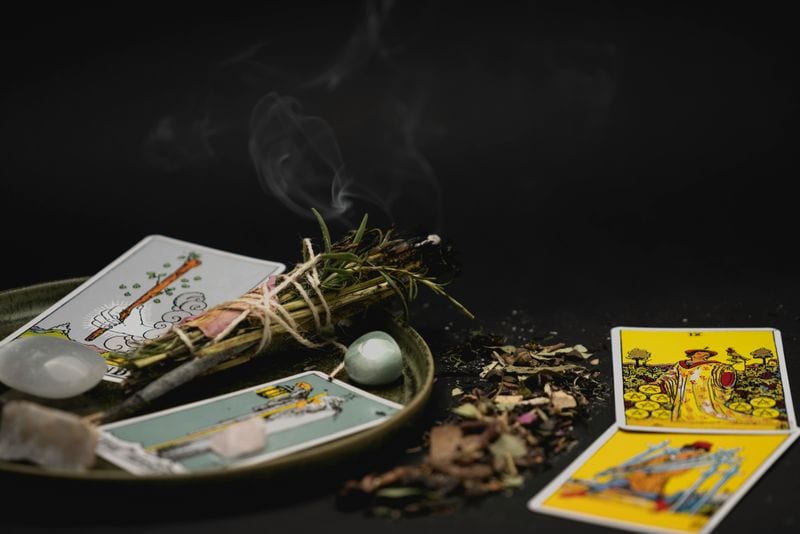
Hollywood loves showing witches zapping enemies with curses, but real witchcraft emphasizes personal responsibility and ethical conduct. Many practitioners follow the threefold law belief that whatever energy you send out returns multiplied, making harmful magic self-defeating.
Most witches focus their craft on healing, self-improvement, and creating positive change. Protection spells aim to shield from negativity rather than attacking others. When conflict arises, a witch might perform a binding spell—designed to stop harmful behavior, not cause harm itself.
Modern witchcraft often involves meditation, herbalism, and connecting with nature’s cycles. These practices promote harmony rather than vengeance or manipulation.
5. You Don’t Need Special Powers to Be a Witch
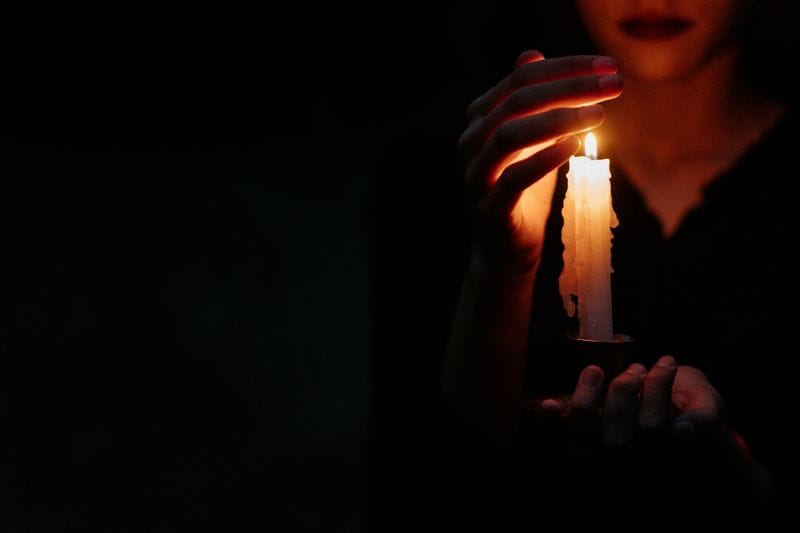
Forget the Hollywood image of witches hurling fireballs or reading minds. Real witchcraft doesn’t require supernatural abilities or dramatic magical powers. Anyone can practice witchcraft through study, intention, and connecting with natural energies available to all humans.
What looks like “magic” to outsiders is often practical knowledge of herbs, psychology, and natural cycles combined with focused intention. Witches develop skills through practice and learning, not because they were born with special powers.
Many witches view their craft as working with subtle energies that exist in nature and ourselves—something accessible to anyone willing to learn. The real “power” comes from understanding these connections and working harmoniously with them.
6. Witches Don’t All Look the Same
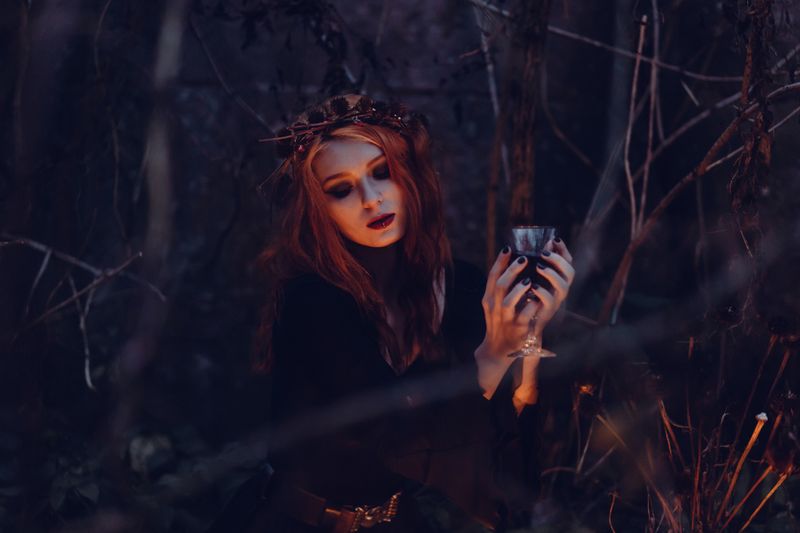
The green-faced hag with a pointed hat exists only in fairy tales. Real witches look like everyone else—they’re your neighbors, coworkers, and friends. They come from all backgrounds, ages, and walks of life.
Some may dress in flowing black clothes and crystal jewelry, while others prefer jeans and t-shirts. A corporate executive might be just as dedicated to witchcraft as someone with a more alternative appearance. What unites witches is their practices and beliefs, not their wardrobe choices.
Historical witch hunts often targeted ordinary-looking people who simply didn’t conform to social norms. Today’s diverse witch community embraces individuality rather than requiring any particular aesthetic.
7. Witchcraft Isn’t a Single Religion
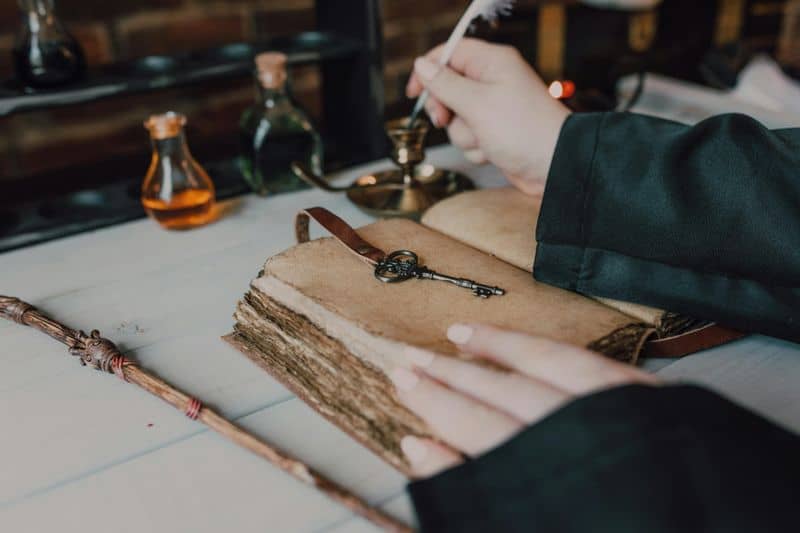
Contrary to popular belief, witchcraft itself isn’t a religion—it’s a practice that can exist within many spiritual frameworks. Some witches follow Wicca, a modern pagan religion, but many others practice independently or blend witchcraft with other faiths.
Christian witches incorporate biblical teachings alongside herbal remedies and energy work. Secular witches may practice without any religious elements, focusing on psychology and intention-setting. Jewish witches might draw from Kabbalah traditions.
The diversity of witchcraft practices reflects its adaptability across cultures and belief systems. What unites practitioners isn’t a shared religion but rather common techniques for working with energy, nature, and intention to create change.
8. Cauldrons Aren’t for Brewing Poisons
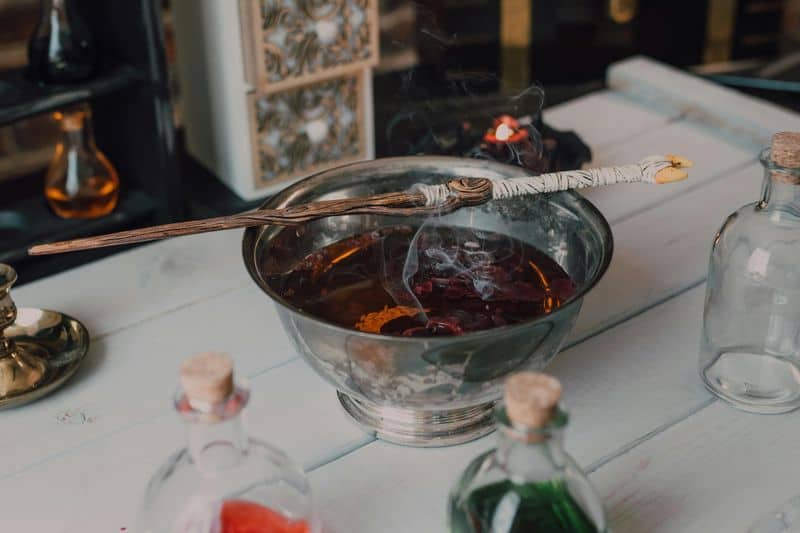
The image of witches cackling over cauldrons filled with eye of newt and poisonous brews comes straight from fiction. Historically, cauldrons were simply everyday cooking pots used by most households before modern stoves. For witches, they represented transformation—a vessel where separate ingredients combine to create something new.
Modern witches might use cauldrons symbolically in rituals or practically for burning herbs, melting wax for candles, or brewing medicinal teas. The mysterious-sounding ingredients from old spellbooks were often code names for common plants—”eye of newt” was actually mustard seed!
Far from brewing harmful potions, traditional healers used their knowledge to create remedies that helped their communities long before modern medicine.
9. Witches Aren’t Members of a Secret Cult

The idea of witches belonging to shadowy, secretive organizations with strict hierarchies is largely fiction. While some witches practice in groups called covens, these are typically small, democratic gatherings of friends who share knowledge and celebrate seasonal festivals together.
Many witches are solitary practitioners who develop their own unique approach. The internet has made witchcraft knowledge widely accessible, eliminating the need for secretive initiations that once protected practitioners from persecution.
Modern witchcraft emphasizes personal empowerment and finding one’s own path rather than following rigid dogma. This flexibility and openness stands in stark contrast to the controlling cult stereotype that persists in popular imagination.
10. Witchcraft Has Historical Roots in Healing

Before modern medicine, village healers used plants and natural remedies to treat illness—these were often the “witches” of their communities. Their crime wasn’t evil magic but possessing knowledge outside institutional control, especially for women healers in patriarchal societies.
Midwives knew how to ease childbirth pain and prevent pregnancy when needed. Herbalists created remedies for everything from headaches to heart problems. These practices weren’t supernatural but based on generations of careful observation of nature.
The demonization of these healers often coincided with the rise of male-dominated medical professions. Today’s resurgence of interest in natural medicine and herbalism reconnects with this healing tradition that was nearly lost during witch persecutions.

